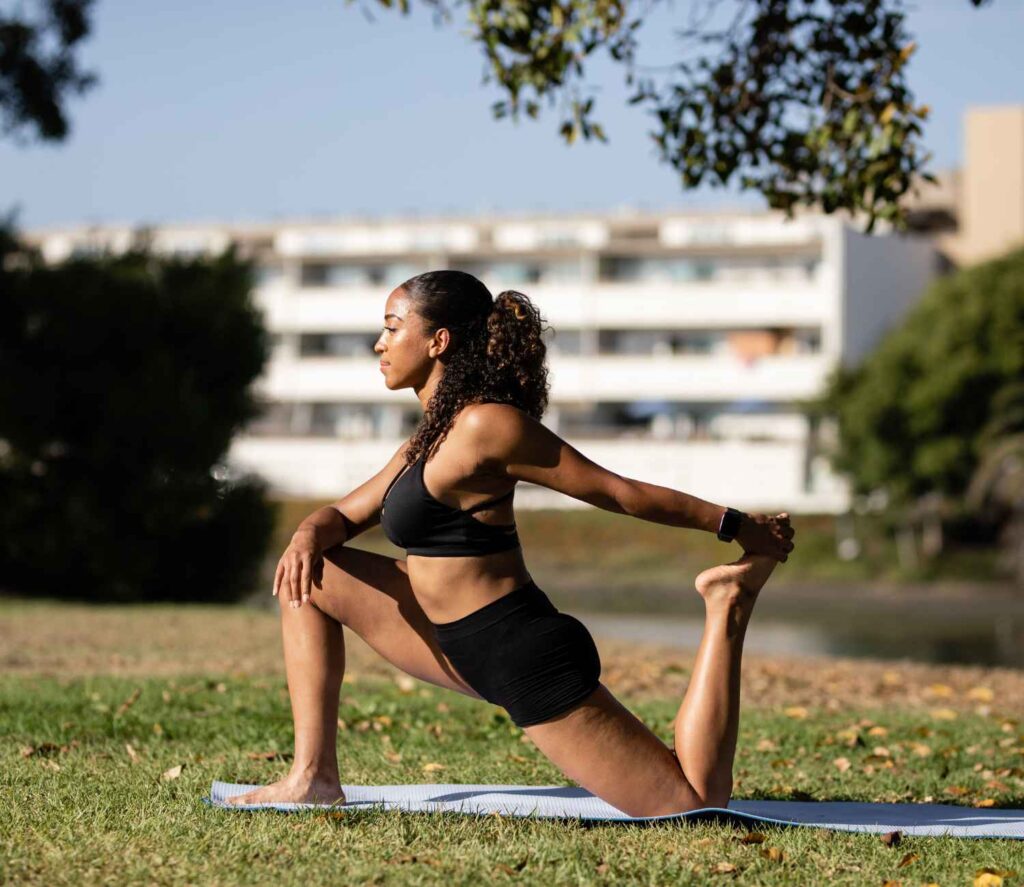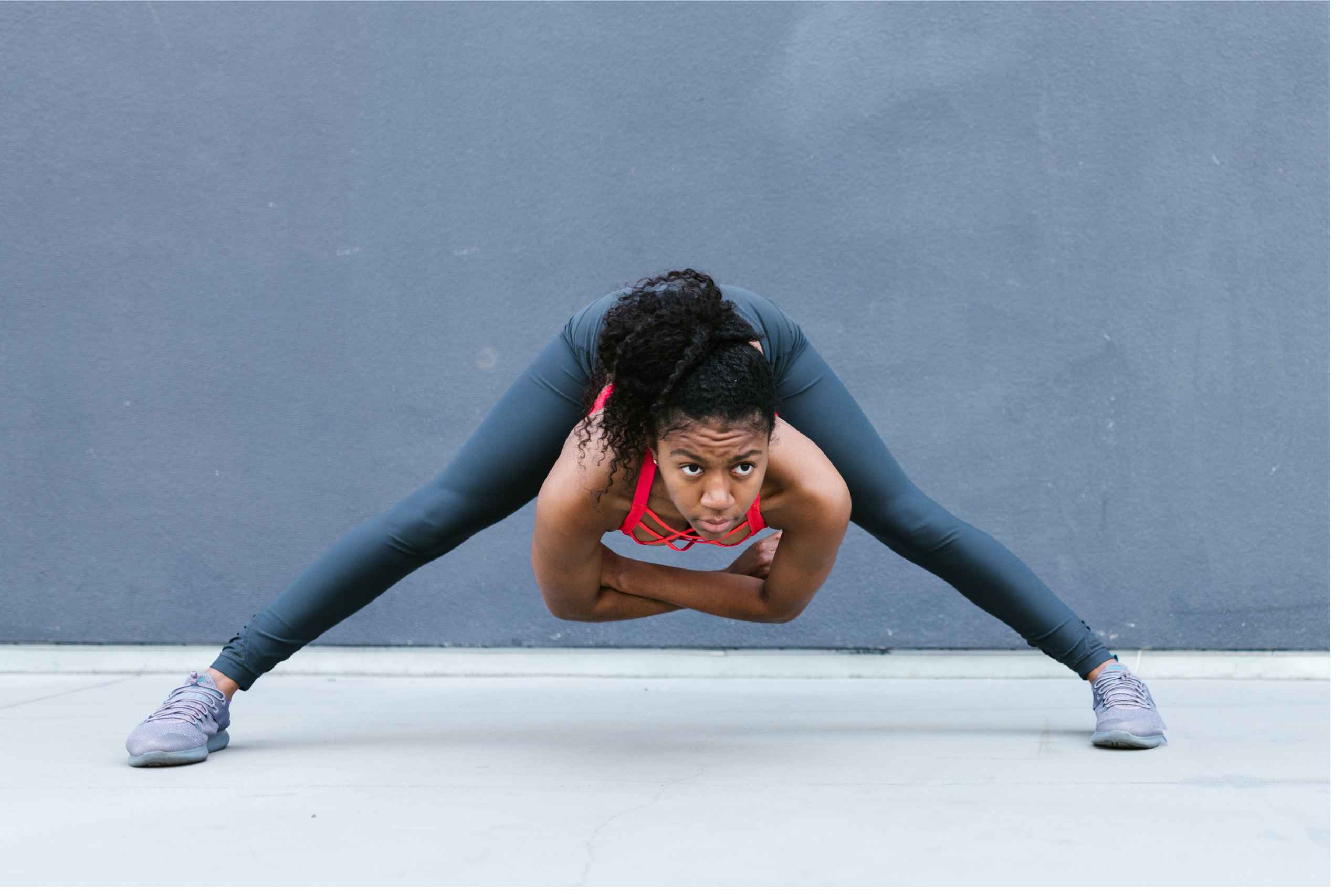Warming up before exercise is essential for preventing injury, improving performance, and enhancing overall physical fitness. A proper warm-up routine can help to prepare the muscles, joints, and cardiovascular system for the demands of exercise, while also increasing blood flow, oxygen uptake, and flexibility.
The primary purpose of a warm-up is to gradually increase the body’s temperature and heart rate in preparation for physical activity. A good warm-up should consist of light aerobic exercises, such as jogging or cycling, as well as dynamic stretching and mobility exercises.

Aerobic exercise is an excellent way to increase the body’s temperature and heart rate, while also improving circulation and oxygen uptake. This can be accomplished through light jogging, cycling, or other low-intensity cardio activities. The key is to start slowly and gradually increase the intensity over a period of 5-10 minutes until you reach a moderate level of exertion.
In addition to aerobic exercise, dynamic stretching, and mobility exercises are also important parts of a proper warm-up routine. These exercises are designed to prepare the muscles and joints for the movements involved in the upcoming workout. Dynamic stretching involves moving the joints through a full range of motion, while mobility exercises focus on specific muscle groups and movements.
Some examples of dynamic stretching and mobility exercises include leg swings, arm circles, lunges, and hip rotations. These exercises should be performed in a slow, controlled manner, and should be specific to the type of exercise you will be performing. For example, if you will be doing a lot of squatting and lunging in your workout, you should focus on mobility exercises that target the hips and lower body.

Another important aspect of warming up is mental preparation. It’s important to take a few minutes before your workout to mentally prepare yourself for the upcoming activity. This can involve visualizing the movements and techniques involved in your workout, as well as setting goals and intentions for the session.
In summary, warming up is an essential component of any exercise routine. By gradually increasing the body’s temperature and heart rate, as well as preparing the muscles and joints for the upcoming activity, you can prevent injury, improve performance, and enhance overall physical fitness.
A good warm-up should consist of light aerobic exercise, dynamic stretching, mobility exercises, and mental preparation. By taking the time to warm up properly, you can ensure that you get the most out of your workout, while also protecting your body from unnecessary strain and injury.














